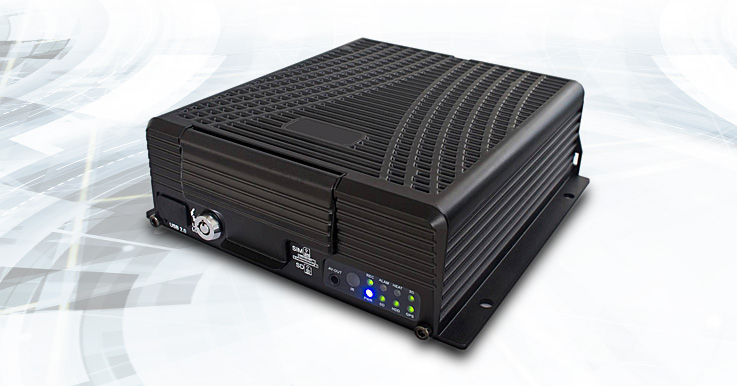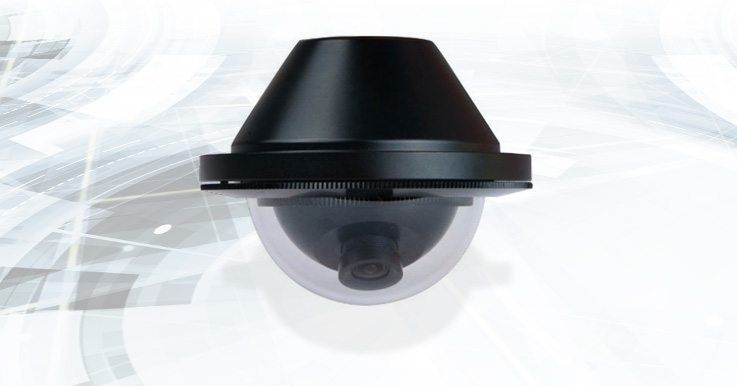10 reasons you need vehicle tracking
There’s lots of benefits of tracking your vehicles that are used for work, so we’ll get straight to it, here are our top ten reasons for adding trackers for your vehicles.
Lower insurance premiums
Most insurance companies will lower your insurance premiums and general overall insurance costs if you have trackers in your vehicles, this is by far one of the best and most straightforward benefits of adding vehicle trackers. Insurance companies calculate the premium you pay based on an estimate of risk and because of being able to track your vehicle. That is if it was stolen and there is a magnitude of other reasons too. Many of those reasons we’re about to discuss. insurance companies will lower your premiums if you have trackers installed.
Find stolen vehicles
This leads onto our next point and one of the most obvious points. Tracking your vehicle means you can locate it should the vehicle be stolen, you’ll be able to locate it yourself and pass the location onto the Police or other relevant authorities for them to retrieve the vehicle for you. Vehicle theft is and always has been a big problem. It shouldn’t be something which is overlooked or considered “not a crime these days”. It very much is a huge problem, especially as it contains petrol, can be used by others, and may even contain goods.
Know when workers are taking breaks for their health and safety
Another benefit is a legal and legislative benefit. Vehicle tracking shows where your vehicle is and how long it has been moving or not moving for. You have legal responsibilities to your employees to make sure they take breaks and are not driving or working too long. This is applicable under the law of the country you’re driving in. Currently in the UK this is applicable under both UK and EU law. Employees will be understanding of usage of trackers for this reason. After all, it’s for their benefit and their health and safety.
Item / inventory location
If you are a firm which delivers goods, you may need to know the exact location of those goods at any time. Items are therefore never accidentally lost. Tracking for this reason is very important. How will you answer the question “where is my item?” if you do not know.
Speed monitoring
Another benefit regarding employees is that many tracking systems also monitor the speed your drivers are going. This is an added layer of control and health and safety, to make sure your drivers are not putting themselves and others at risk.
Maintenance
Maintenance of trackers is easy and usually handled by the company that provides or installs them. Do not be put off. Another angle for maintenance is the maintenance of vehicles, it shows you just how long a vehicle has been on the road and after general wear and tear, trackers will help you manage the maintenance program of your vehicles.
Efficiency
This leads us onto another point, in general it helps you run your business in an efficient manner. Any process, tool, platform or whatever it may be that can help your business run smoother will result in a more profitable business with happier customers and employees.
Fuel efficiency and saving
And yes, fuel efficiency too! Track how far your vehicles are travelling and how much fuel they really need!
Benefits outweigh cost
One final point is that any costs associated with vehicle tracking are outweighed by the magnitude of the benefits above. It is simply a risk you cannot afford to take.


